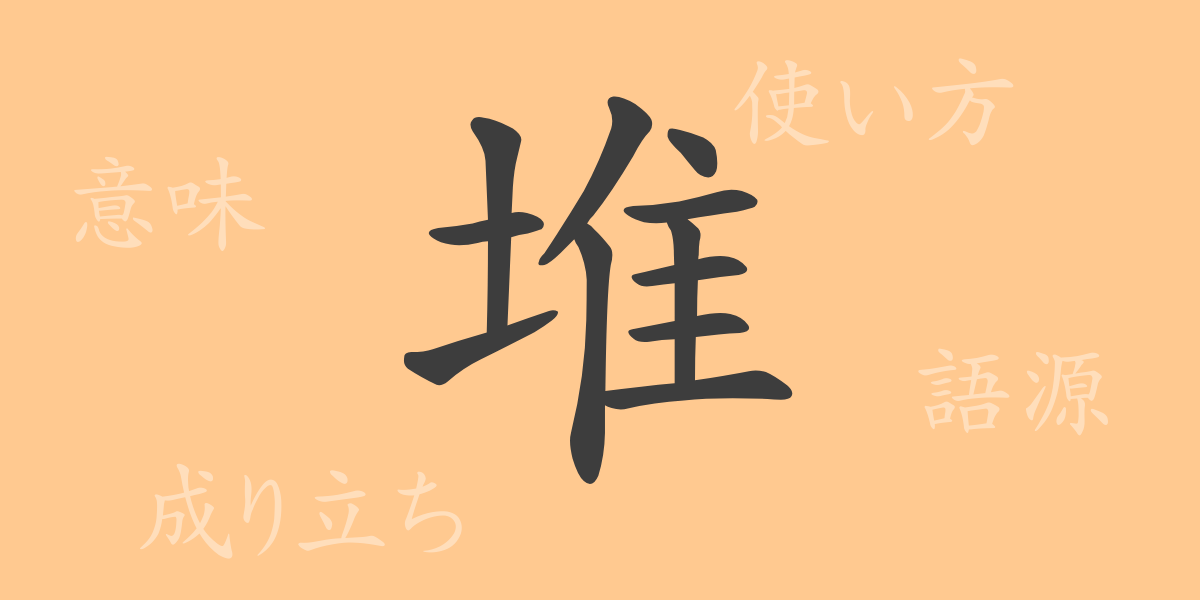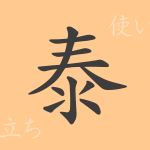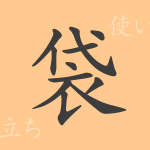The beauty of Japanese language is significantly shaped by its complex and rich character system. Among these, the commonly used kanji ‘堆’ (タイ) (tai) plays a central role in Japanese education and communication. In this article, we will delve deeply into the character ‘堆’, exploring its origins, contemporary usage, and more. Understanding the meanings embedded in each kanji deepens our grasp of the Japanese language.
Origin of ‘堆’ (tai)
The kanji ‘堆’ originated in ancient China and symbolizes the act of piling up soil. Initially, it referred to something that had been piled up to a great height, typically used to describe accumulations of earth or similar materials. Over time, this character evolved to include metaphorical meanings, used not only to denote physical accumulations but also to signify accumulative or collective aspects in a broader sense.
Meaning and Usage of ‘堆’ (tai)
‘堆’ generally means ‘to pile up’ or ‘to accumulate’ and is commonly used to describe mountains of soil or stones. It has also come to represent the condition of having a large amount of something or the state of things being piled up. For example, ‘堆積’ (たいせき) (taiseki) refers to the process of accumulation, and ‘堆雪’ (たいせつ) (taisetsu) describes a situation where snow has piled up. While not frequently used in everyday conversation, the character ‘堆’ still holds its place in literary and specialized contexts.
Readings, Stroke Count, and Radical of ‘堆’ (tai)
Let’s look in detail at the readings and structure of the kanji ‘堆’:
- Readings: The on’yomi (Sino-Japanese reading) is ‘タイ’ (tai); there are no kun’yomi (native Japanese readings) specifically associated.
- Stroke Count: ‘堆’ consists of 12 strokes.
- Radical: The radical for ‘堆’ is ‘土’ (つちへん) (earth).
Phrases and Idioms Using ‘堆’ (tai) and Their Meanings
The kanji ‘堆’ appears in various idioms and phrases, which reflect its symbolic meanings:
- ‘堆積’ (たいせき) (taiseki) – Refers to the accumulation of material or the accumulated matter itself.
- ‘堆雪’ (たいせつ) (taisetsu) – Describes a state where snow has piled up.
- ‘金堆玉構’ (きんたいぎょくこう) (kintai gyokukou) – Indicates vast wealth.
- ‘堆朱塗金’ (たいしゅときん) (taishu tokin) – Used to describe something extremely luxurious and beautiful.
These idioms and phrases are often used in literature, poetry, or as metaphors.
Conclusion on ‘堆’ (tai)
The kanji ‘堆’ fundamentally represents the concept of piling up. From physical accumulations to metaphorical notions of accumulated time and effort, and even opulence, it serves a wide range of uses. Although not commonly employed in everyday Japanese, ‘堆’ holds significant meaning in specific contexts. Understanding the background of each kanji enhances the depth of the Japanese language and expands the expressive potential when wielding words.

























